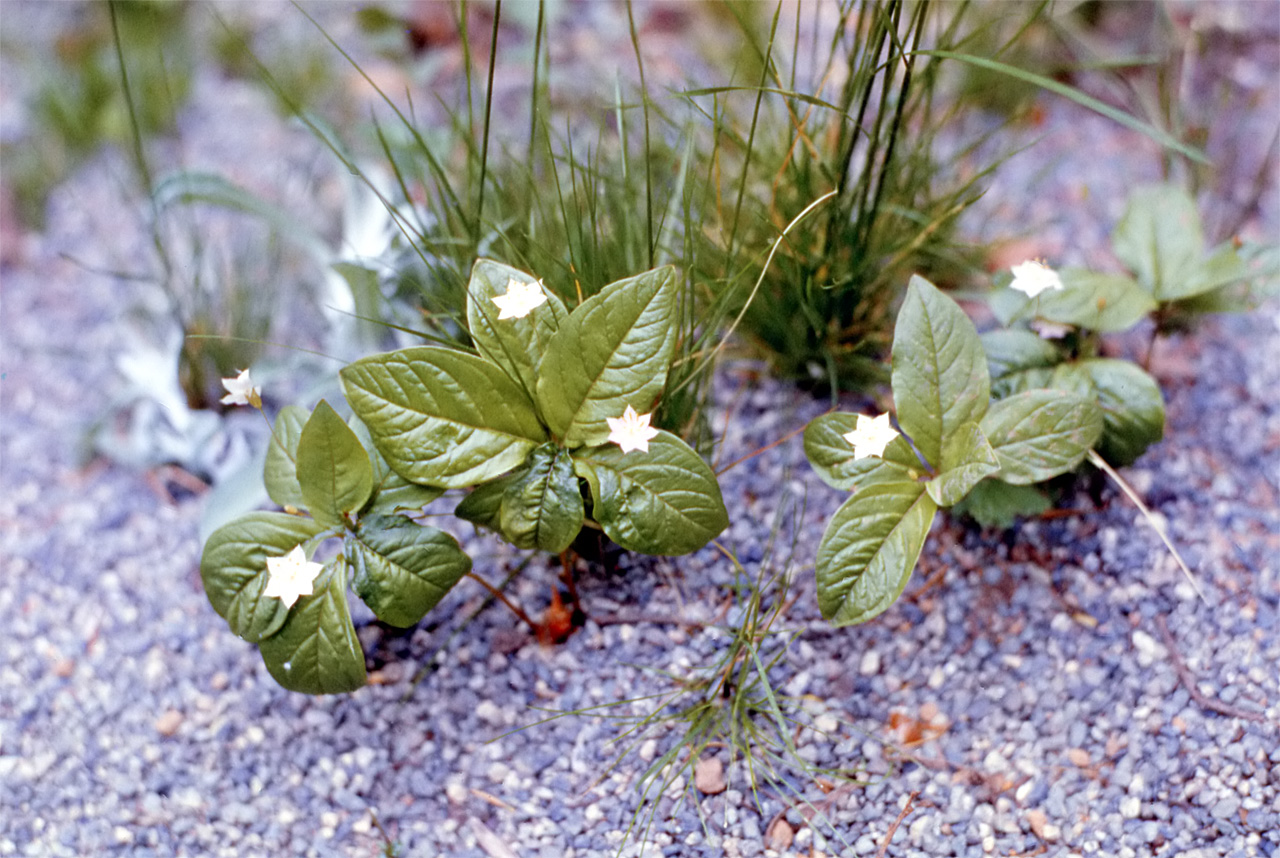Gallery containing public domain photos of flowers and plants from the Canadian National Parks – Western Canada. From the warm, temperate broadleaf forests of southern Ontario to the frigid Arctic plains of Northern Canada, from the wet temperate rainforests of the west coast to the arid deserts, badlands and tundra plains, the biodiversity of Canada’s plants is extensive.
The tulip is a perennial, bulbous plant with showy flowers in the genus Tulipa, of which up to 109 species have been described and which belongs to the family Liliaceae. The genus’s native range extends from as far west as Southern Europe, Anatolia (Turkey), Israel, Palestine, North Africa, and Iran to the Northwest of China.
Delphinium (or larkspur) is a genus of about 300 species of perennial flowering plants in the family Ranunculaceae, native throughout the Northern Hemisphere and also on the high mountains of tropical Africa. The common name “larkspur” is shared between perennial Delphinium species and annual species of the genus Consolida. The plant is topped with a raceme of many flowers, varying in color from purple and blue, to red, yellow, or white.
All parts of these plants are considered toxic to humans, causing severe digestive discomfort if ingested, and also skin irritation. Larkspur, especially tall larkspur, is a significant cause of cattle poisoning on rangelands in the western United States. Most Delphinium hybrids and cultivars are derived from Delphinium elatum, native to the Alps. All parts of the plant contain various diterpenoid alkaloids, typified by methyllycaconitine, so are very poisonous. In small amounts, extracts of the plant have been used in herbal medicine.
Viola is a genus of flowering plants in the violet family Violaceae, with around 400–500 species distributed around the world. Most species are found in the temperate Northern Hemisphere, however some are also found in widely divergent areas such as Hawaii, Australasia, and the Andes. The flowers of the vast majority of the species are zygomorphic with bilateral symmetry.
Viola odorata is used as a source for scents in the perfume industry. Violet is known to have a ‘flirty’ scent as its fragrance comes and goes. Ionone is present in the flowers, which turns off the ability for humans to smell the fragrant compound for moments at a time.
Ornithogalum pyrenaicum (wild asparagus) is a plant whose young flower shoots may be eaten as a vegetable, similar to asparagus – Asparagus officinalis is a spring vegetable, a flowering perennial plant species in the genus Asparagus. Asparagus officinalis is native to most of Europe, northern Africa and western Asia and is widely cultivated as a vegetable crop.
The violet is a genus of flowering plants. The Common Blue Violet (Viola sororia) is the state flower of the U.S. state of Illinois. There is also a famous poem that refers to violets. It goes “Roses are red, violets are blue”, and then the poet adds his or her own lines to it. Viola sororia, also known as Viola papilionacea, common blue violet, common meadow violet, and purple violet is a species of violets. It is a perennial flowering plant that lives in most of eastern North America.
Valeriana sitchensis is a species of valerian known by the common name Sitka valerian. It is native to northwestern North America from Alaska and northern Canada to Montana to northern California, where it grows in many types of habitat, including moist mountain forests. In moist subalpine meadows, it is often one of the most common plants.
Fennel (Foeniculum vulgare) is a hardy, perennial, umbelliferous herb, with yellow flowers and feathery leaves. It is indigenous to the shores of the Mediterranean but has become widely naturalized in many parts of the world, especially on dry soils near the sea-coast and on riverbanks.
